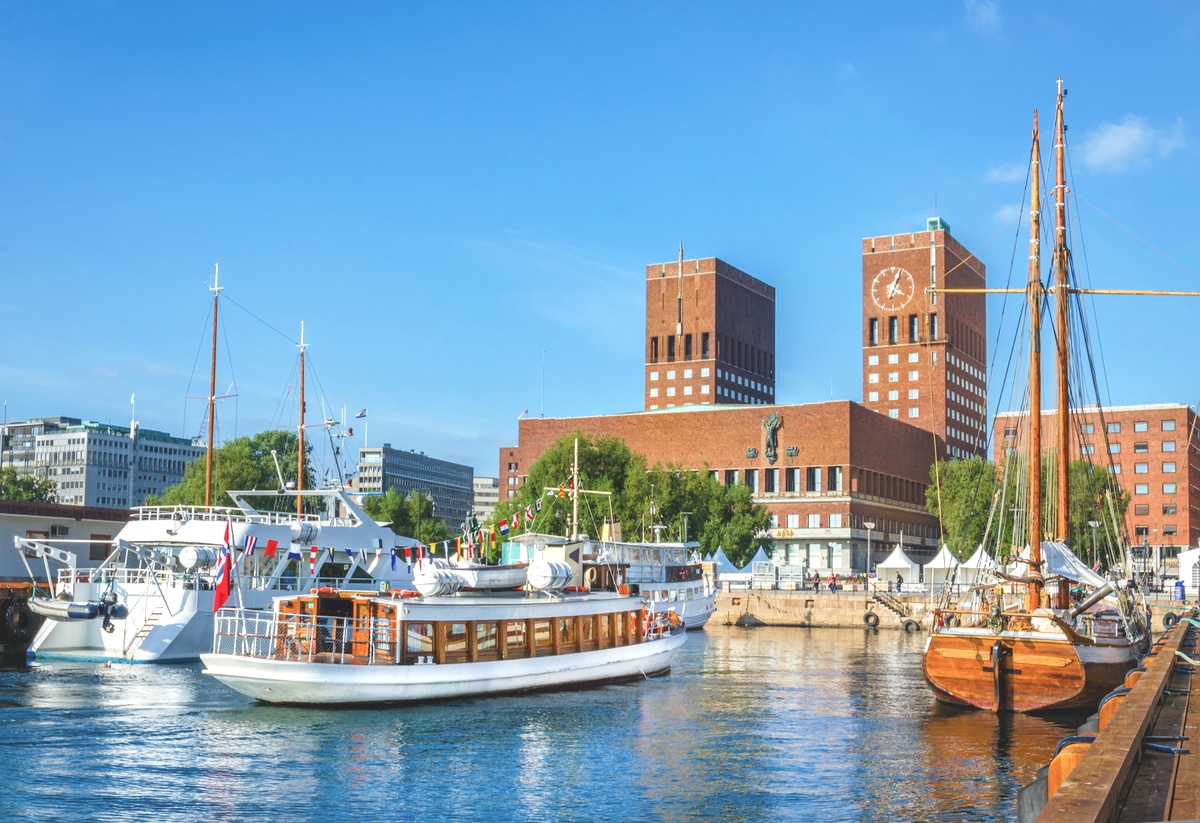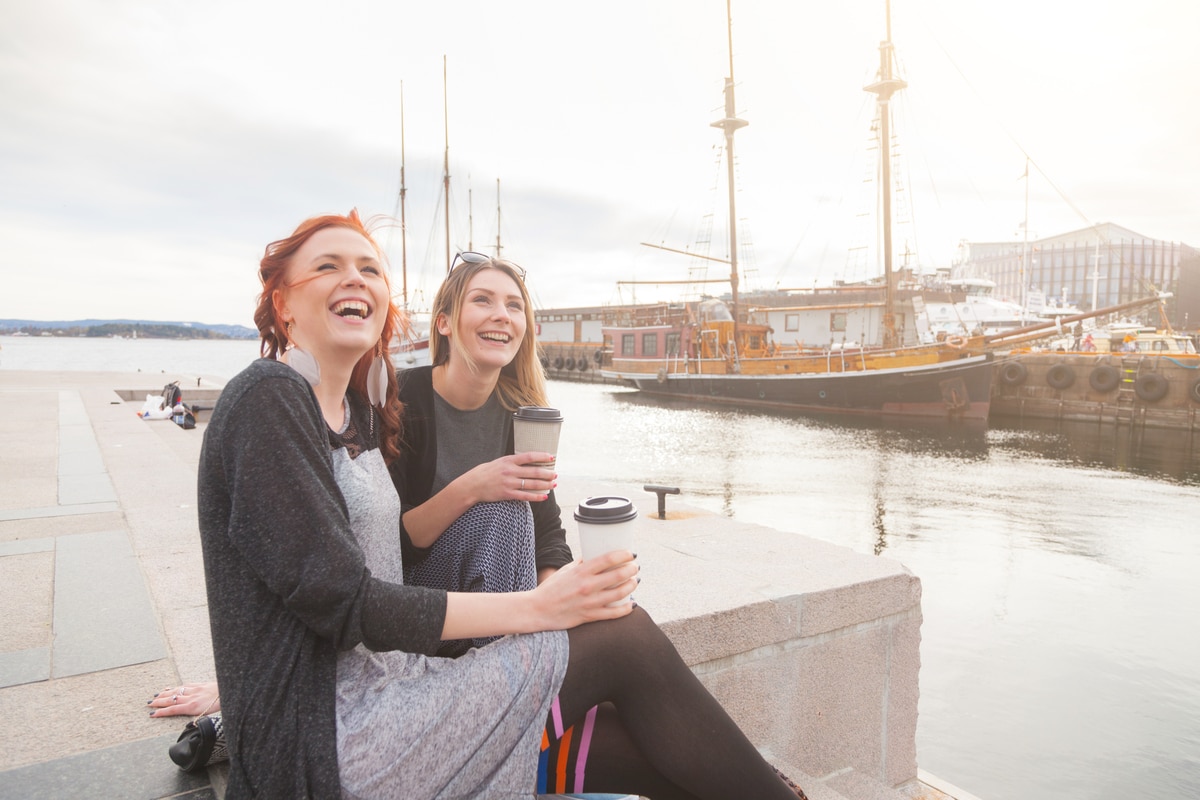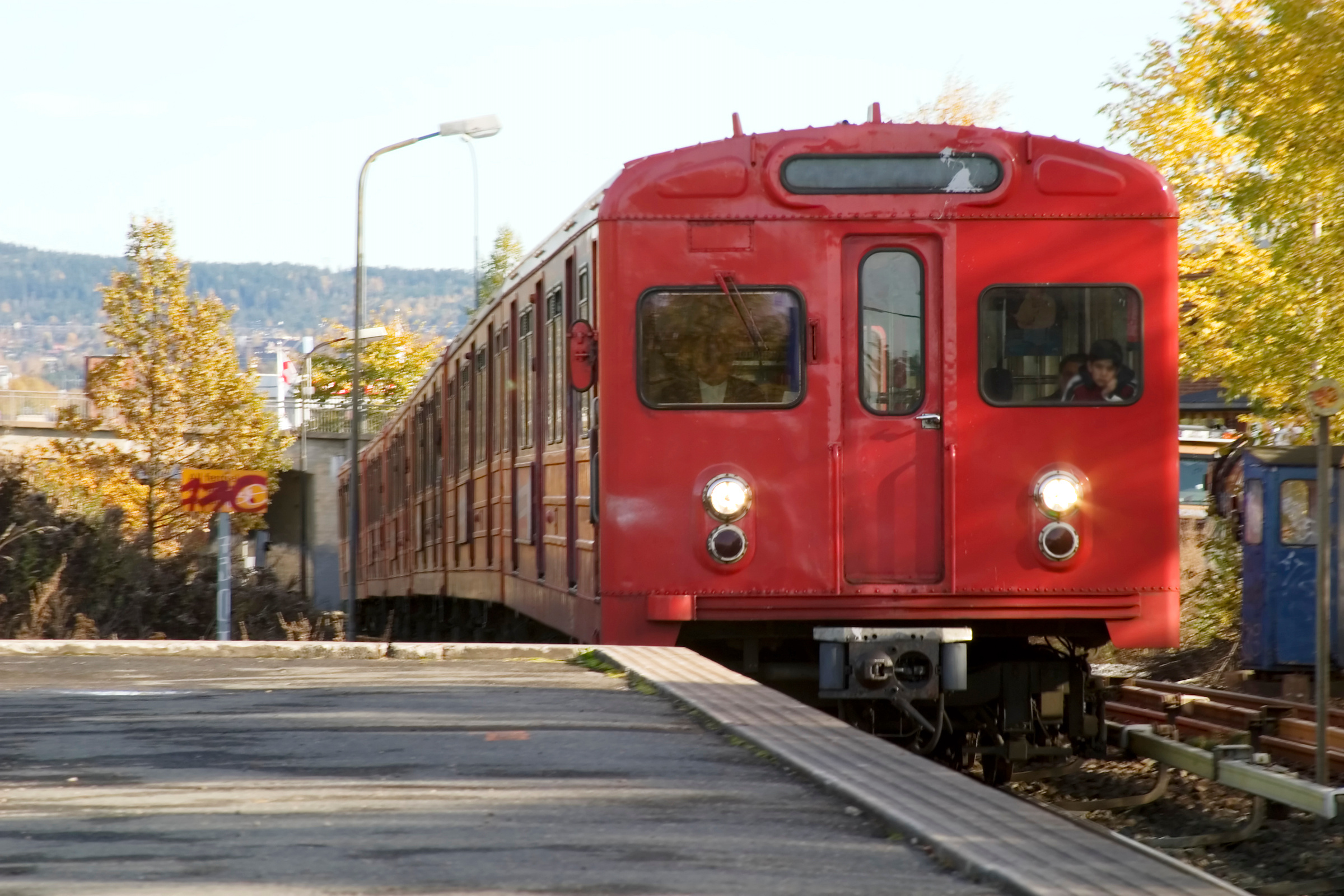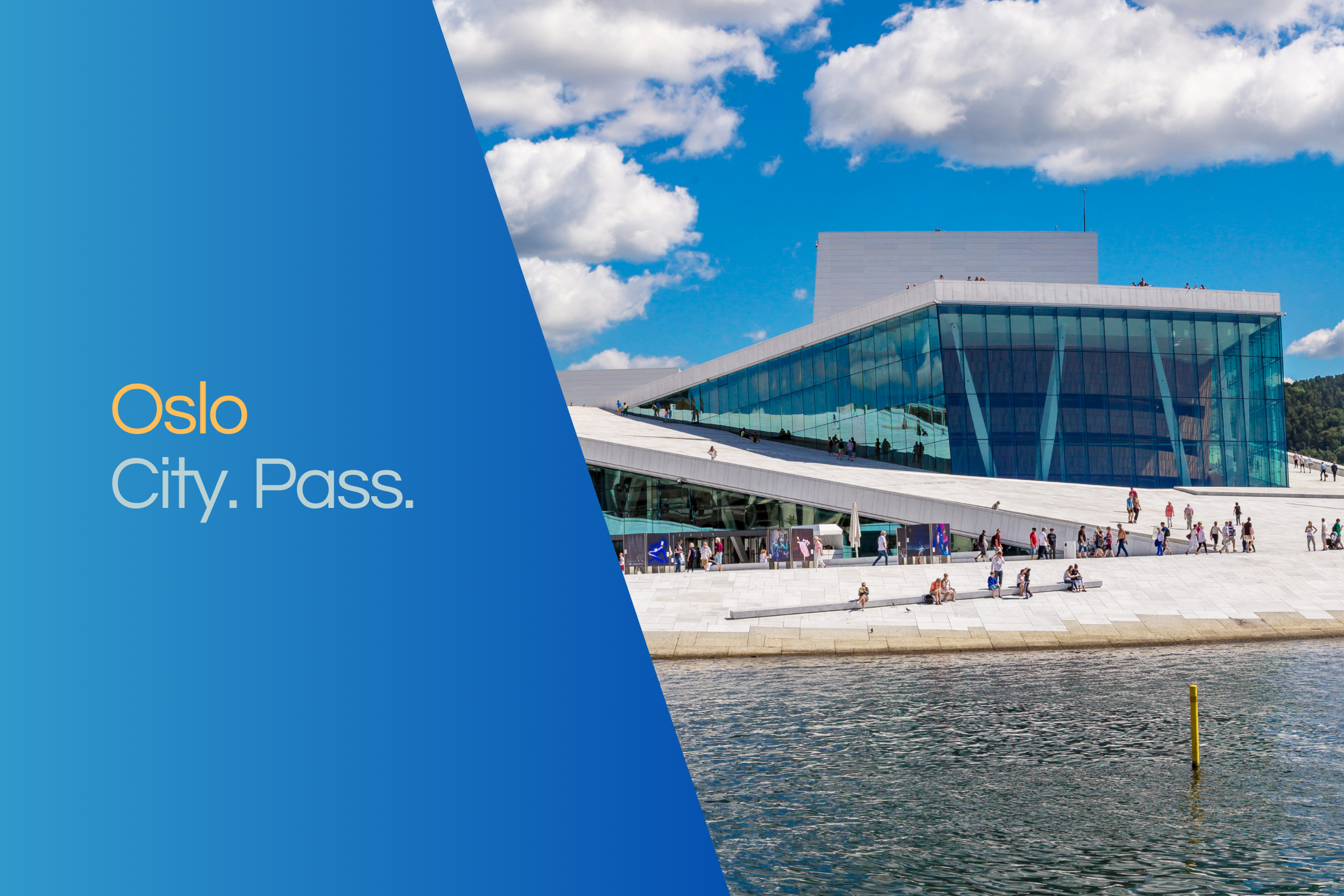Astrup Fearnley Museum
History of the Art Gallery
Opened in 1993, the museum is backed by two foundations. The money for the museum came from the Thomas Fearnley Foundation and the Heddy and Nils Astrup Foundation. Both families are related to each other. Again and again, the museum attracted worldwide attention, because the museum is quite specialized in extraordinary works of art, which ultimately is also the special charm of the large collection. When the atrop Fearnley Museum of Modern Art opened, the museum was housed in a part of the Astrup Fearnley building complex and occupied an area of 2,500 m². The space, with its industrial charm, offered ceiling heights ranging from 3.5 to 10.5 meters. Lighting, however, had to be provided entirely by artificial light. From the beginning, the art collection attracted art lovers from all over the world. Thanks to the great success and a constantly growing collection, the premises became too small and the decision was made to build a modern museum building in a prime location.
The new museum building
Today, the Astrup Fearnley Museet is considered one of the most important museums for modern art in Northern Europe. Since 2012, the impressive collection has been housed in the Tjuvholmen district, which is located in the center of Oslo. The modern museum building was built according to plans by Italian architect Renzo Piano. The well-known architect has already created buildings such as the Centre Georges Pompidou in Paris, The Shard in London and the Whitney Museum of American Art in New York. In 1998, he was awarded the Pritzker Prize. The planning and realization of the Astrup Fearnley Museet stretched over the years 2006 to 2012. The location was chosen carefully and ultimately the museum was built directly on the picturesque fjord in order to revitalize the harbor and industrial area located southwest of the city center proper and to create a new point of attraction. In total, two museum buildings and an office building were created in this project. In total, the structure offers an area of 6,000 m². The construction of the building consists of both steel and wooden beams and a glass roof, which ensures an optimal incidence of light. The architecturally outstanding building was designed to offer a great view of the fjord. A bridge connects the two office buildings. In addition, a sculpture park was created between the museum building and the water. In keeping with Scandinavian architecture, a cladding was used for the façade.
Focal points of the collection
In the outside area of the Astrup Fearnley Museet there is a beautifully laid out sculpture garden with works by renowned sculptors. Among others, works by Anish Kapoor and Louise Bourgeois can be found.
Inside is an expressive exhibition with many innovative works by major artists from the United States, Europe, Brazil, Japan, China and India. Among others, works by Andy Warhol, Dado, Gardar Eide Einarsson, Janine Antoni, Robert Gober, Cai Guo-Qiang and Bruce Nauman can be found.
The museum was sure to attract the attention of the global art scene in 2002, when its curators acquired a monumental sculpture by American artist Jeff Koons. For the price of $5.1 million, the museum acquired the gold-plated sculpture of Bubbles the chimpanzee, who was Michael Jackson's favorite animal.
In addition to the permanent exhibition, the museum can also score again and again with temporary exhibitions, which consist of works selected with great care.





